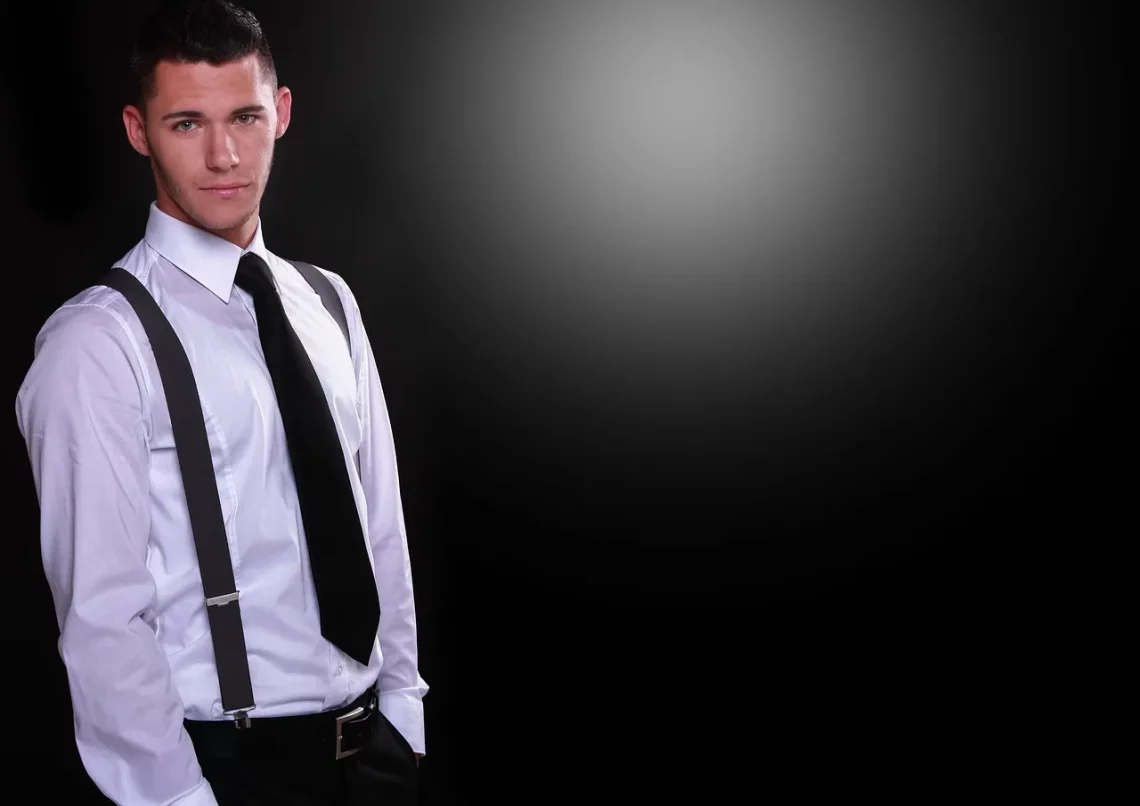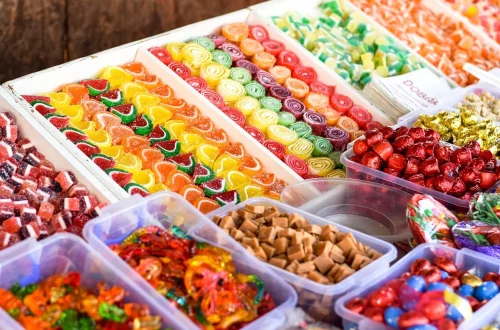
Stunning Pictures of Men Showcasing Impressive Endowments
The fascination with the male form has been a significant aspect of art, culture, and social discourse throughout history. Men have often been depicted in various states of undress, showcasing not only their physical attributes but also the ideals of masculinity and strength. This enduring interest reflects broader themes of beauty, identity, and societal expectations. The male body has been a canvas for exploration, expression, and admiration, presenting a complex interplay between vulnerability and power.
In today’s visually driven society, the portrayal of men has evolved. With the rise of social media and digital platforms, images of men showcasing their physiques are more accessible than ever. This trend has sparked conversations about body image, confidence, and the celebration of diverse representations of masculinity. As men increasingly embrace body positivity and self-expression, the visual culture surrounding male endowments has gained new dimensions.
Moreover, the appreciation of the male form extends beyond mere aesthetics. It encompasses themes of health, fitness, and personal identity, encouraging men to take pride in their bodies. This article aims to delve into the various representations of men and their impressive attributes, examining how these images resonate within contemporary society while celebrating the beauty and complexity of masculinity.
The Evolution of Male Representation in Art
Historically, male representation in art has undergone significant transformations, reflecting changing societal norms and ideals. In ancient civilizations, such as Greece and Rome, men were often depicted as paragons of physical perfection. Sculptures and paintings celebrated athleticism, strength, and the human form in its most idealized state. These works served not only as artistic expressions but also as cultural symbols, embodying the values of the time.
During the Renaissance, the portrayal of men took on new dimensions. Artists like Michelangelo and Raphael celebrated the male body through intricate details and dynamic poses, emphasizing both muscularity and grace. This period marked a shift towards realism, with an increased focus on individual characteristics and emotions. Male figures became more relatable, reflecting the complexity of human experience rather than mere idealization.
In contemporary art, the representation of men has diversified significantly. Artists from various backgrounds explore themes of masculinity, identity, and sexuality, challenging traditional norms. The male body is no longer just a symbol of strength but also a canvas for self-expression and vulnerability. This evolution has led to a broader acceptance of different body types, encouraging men to embrace their uniqueness and reject unrealistic beauty standards.
Moreover, the rise of photography and digital media has transformed how men are represented. Social platforms allow individuals to curate their images, showcasing their physicality in ways that were previously unimaginable. This democratization of representation has given rise to a new generation of male influencers and models who celebrate diverse forms of masculinity. As a result, the portrayal of men continues to evolve, reflecting a more inclusive and multifaceted understanding of what it means to be male in today’s world.
The Impact of Social Media on Male Body Image
The advent of social media has significantly influenced perceptions of male body image, creating both opportunities and challenges. Platforms like Instagram and TikTok have become breeding grounds for fitness culture, where men showcase their physical achievements and lifestyles. These platforms provide a space for men to share their journeys toward fitness, wellness, and self-acceptance, often celebrating impressive endowments and athletic prowess.
However, this visibility can also foster unrealistic expectations. The constant exposure to curated images of seemingly perfect bodies can lead to comparison and self-doubt among men. Many individuals may feel pressured to conform to specific ideals of masculinity, leading to feelings of inadequacy or anxiety. It’s crucial to recognize that these images often reflect a small fraction of reality, as many are edited or filtered to create an illusion of perfection.
Social media can also perpetuate harmful stereotypes about masculinity. The emphasis on physical strength and traditional notions of virility can marginalize those who do not fit these molds. This narrow representation can alienate men who may feel their bodies do not conform to societal expectations. As a response, there has been a growing movement advocating for body positivity and inclusivity, encouraging men to embrace their bodies in all forms.
Moreover, influencers and advocates are increasingly using their platforms to challenge these norms. By sharing their experiences and promoting diverse representations of masculinity, they contribute to a more inclusive dialogue about male body image. This shift is essential in fostering a culture that values authenticity over appearance, allowing men to feel empowered in their own skin.
Ultimately, while social media plays a significant role in shaping perceptions of male bodies, it is essential for individuals to approach these platforms with a critical eye. Embracing one’s unique attributes and prioritizing mental well-being over external validation can lead to a healthier relationship with body image in the long run.
Cultural Celebrations of Masculinity
Cultural celebrations of masculinity vary widely across different societies, reflecting unique values and traditions. In many cultures, rituals and events honor male strength, bravery, and leadership. These celebrations often serve to reinforce societal expectations of what it means to be a man, with impressive physical attributes frequently at the forefront.
In some cultures, rites of passage mark the transition from boyhood to manhood, emphasizing physical prowess and endurance. These ceremonies can include feats of strength, athletic competitions, or tests of bravery. Such traditions not only celebrate male bodies but also instill a sense of identity and belonging within the community. Moreover, these events often serve as opportunities to pass down cultural values and teachings from one generation to the next.
However, the concept of masculinity is not monolithic. Different cultures interpret and celebrate male attributes in diverse ways. For instance, certain societies may prioritize traits like nurturing and emotional intelligence alongside physical strength. This inclusive understanding of masculinity allows for a broader appreciation of male endowments, recognizing that strength can manifest in various forms.
In contemporary times, cultural celebrations of masculinity are evolving to include discussions around mental health, body positivity, and emotional well-being. This shift acknowledges that masculinity is not solely defined by physical attributes but encompasses a holistic understanding of what it means to be a man. By embracing this broader perspective, societies can foster healthier attitudes towards male identity and self-worth.
As we navigate changing definitions of masculinity, it is essential to celebrate a diverse range of male experiences. Recognizing and honoring the complexity of the male form can enrich cultural narratives and contribute to a more inclusive understanding of what it means to be a man in today’s world.
Embracing Body Positivity Among Men
The body positivity movement has gained momentum in recent years, encouraging individuals of all genders to embrace their bodies and challenge societal beauty standards. While this movement has traditionally focused on women, it is crucial to recognize its significance for men as well. The journey toward body positivity involves acknowledging and celebrating diverse representations of masculinity, encouraging men to appreciate their unique attributes.
For many men, societal pressures to conform to specific ideals can lead to feelings of inadequacy and low self-esteem. The body positivity movement seeks to dismantle these unrealistic standards, promoting the idea that all bodies are worthy of love and respect. By fostering an environment that celebrates diversity, men are empowered to embrace their bodies without fear of judgment.
Moreover, the body positivity movement encourages open conversations about mental health and self-acceptance. Many men experience struggles related to body image, yet societal norms may discourage them from expressing these feelings. By normalizing discussions around vulnerability and self-worth, the movement creates a supportive community where men can share their experiences and find solace in their journeys.
Fitness culture also plays a role in the body positivity movement. While physical health is important, it is essential to approach fitness with a mindset that prioritizes well-being over appearance. Emphasizing strength, endurance, and overall health allows men to focus on their capabilities rather than solely on aesthetics.
As we continue to redefine masculinity, embracing body positivity among men is crucial for fostering a culture of acceptance and self-love. By celebrating diverse representations of male bodies, we can pave the way for future generations to feel empowered in their identities, ultimately contributing to a more inclusive society.
In conclusion, while this article explores various aspects of male representation and body image, it is important to note that this content is not intended as medical advice. If you have health concerns or questions about your body, please consult a qualified healthcare professional. Your health and well-being should always be prioritized, and seeking guidance from experts is essential for making informed decisions.




